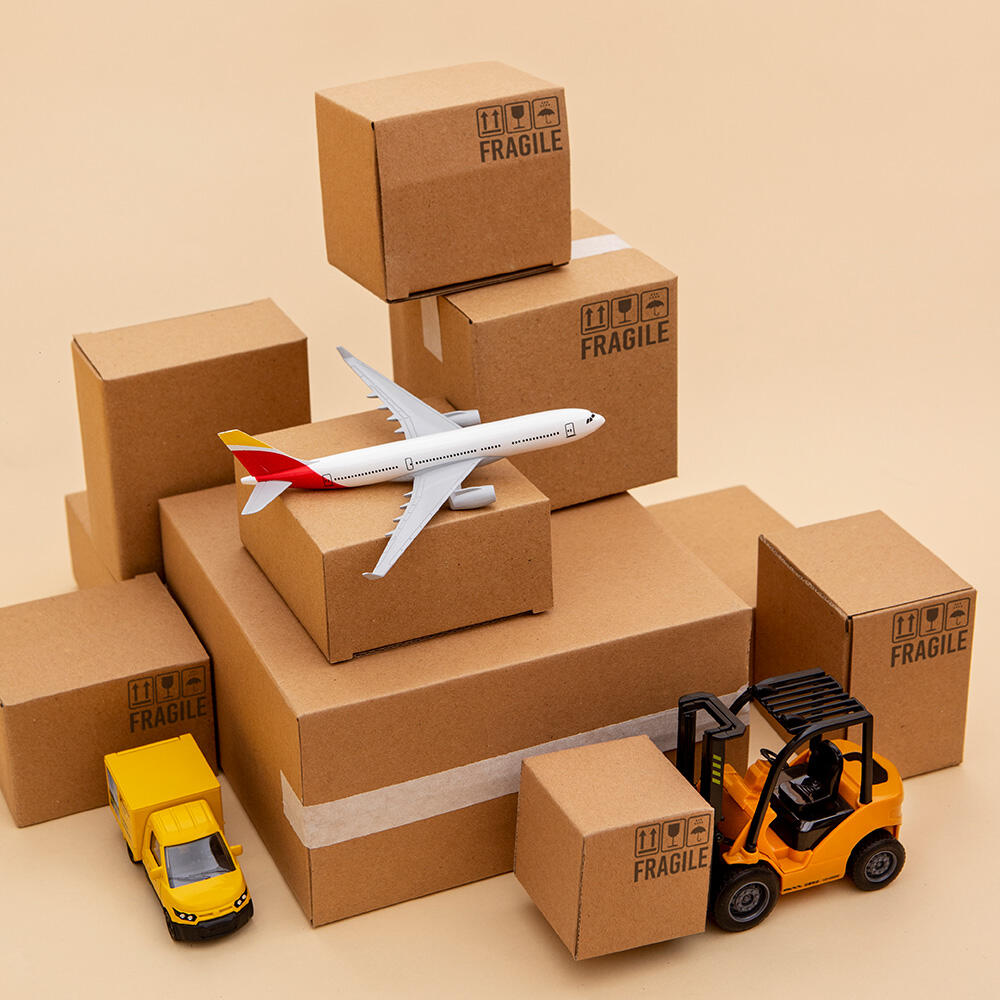Explosive E-Commerce Growth Driving 3PL United States Demand
The unprecedented expansion of e-commerce is reshaping logistics demands across the United States. Consumer expectations for rapid deliveries and frictionless returns have intensified pressure on fulfillment capabilities. Online retail sales surged 9.8% to $1.2 trillion in 2024, forcing brands to seek 3PL United States providers that can scale dynamically (Retail Dive).
Global e-commerce volume is projected to reach $7.4 trillion by 2025, escalating fulfillment complexity beyond most retailers' in-house capacities. Consequently, 95% of online merchants now partner with third-party logistics providers to manage order volumes while meeting delivery speed standards.
Consumer tolerance for delivery failures is dropping—84% permanently abandon brands after one negative shipping experience. The shift toward same-day and two-day delivery expectations necessitates sophisticated fulfillment ecosystems only 3PLs provide at scale.
Cost-Reduction Advantages of 3PL in the United States
Third-party logistics (3PL) partnerships unlock substantial cost savings for U.S. businesses by eliminating capital-intensive infrastructure and optimizing supply chain operations. Companies using 3PL United States solutions achieve 15-37% lower logistics costs versus in-house management (SCM Digest 2024).
Eliminating Warehouse Infrastructure Investments
Businesses avoid $500K–$2M capital outlays for warehouse construction by leveraging existing 3PL facilities. This transforms fixed costs into variable expenses—eliminating property taxes, maintenance, and equipment depreciation.
Economies of Scale in Transportation Networks
3PLs aggregate shipments across clients, securing 12-15% freight discounts. Consolidating less-than-truckload (LTL) volumes reduces shipping costs by 19% while lowering carbon emissions per unit by 22% (Transportation Trends 2024).
Labor Cost Optimization Strategies
Shared labor pools mitigate staffing volatility, eliminating $47K average annual recruitment costs. Cross-trained personnel reduce overtime expenses by 23% for distribution-heavy sectors.
Technological Evolution in US 3PL Services
AI-Powered Inventory Forecasting Systems
Modern 3PLs use AI to predict demand with high accuracy, reducing warehousing costs by up to 25% while improving stock turnover. Machine learning continuously refines projections, optimizing inventory investments.
WMS Integration for Real-Time Visibility
Warehouse Management System (WMS) integration provides end-to-end transparency, synchronizing inventory with transportation tracking. Centralized dashboards improve issue resolution speeds by 30%.
Automation in Order Fulfillment Processes
Robotic automation accelerates fulfillment—autonomous mobile robots and sortation systems categorize parcels at 5,000+ units hourly, cutting handling errors by 45% and reducing transit distances by 60%.
Data Security Protocols in Logistics Networks
Encrypted data pipelines and zero-trust architectures protect shared logistics platforms, with continuous penetration testing ensuring compliance and security.
Strategic Scalability Through 3PL Partnerships
Flexible Capacity During Peak Seasons
3PLs enable dynamic scaling for holidays and product launches, eliminating the need for oversized permanent facilities. Flexible contracts align resources with actual demand, optimizing Q4 peaks without long-term commitments.
Multi-Channel Distribution Capabilities
Integrated WMS automates order routing across e-commerce, retail, and wholesale channels, slashing transit times and redundant safety stock. Retailers gain real-time visibility into distributed inventory.
Regional Expansion Without Capital Outlay
Brands leverage 3PL networks to enter new markets overnight, bypassing $3M+ per-region setup costs. Strategic facility placement near transport corridors ensures 95% of U.S. consumers are within 1,000 miles.
Navigating the 3PL Partnership Landscape
Industry Paradox: Control vs. Specialization Tradeoffs
Retaining logistics in-house increases costs and reduces flexibility, while outsourcing grants access to optimized networks. Leading analysts highlight core evaluation frameworks for aligning provider capabilities with business needs.
Building Collaborative Technology Roadmaps
Enterprises co-create digital plans with 3PLs, synchronizing WMS, AI analytics, and automation. Quarterly reviews ensure investments adapt to market demands, transforming logistics into a strategic innovation driver.
FAQ
What is 3PL?
3PL, or third-party logistics, involves outsourcing logistics and supply chain management functions to an external service provider who specializes in such operations.
Why is 3PL important for e-commerce?
3PLs are crucial for e-commerce as they provide the necessary infrastructure and services required to meet consumer demands for quick and reliable shipping, thereby helping retailers manage order volumes effectively.
How do 3PL providers offer cost savings?
3PL providers offer cost savings by leveraging economies of scale, using shared resources, and providing access to advanced technologies that reduce logistics costs and enhance operational efficiency.
What technological advancements are being used by 3PLs?
Recent technological advancements used by 3PL providers include AI-powered inventory forecasting, automation in order fulfillment, and robust data security protocols among others.

